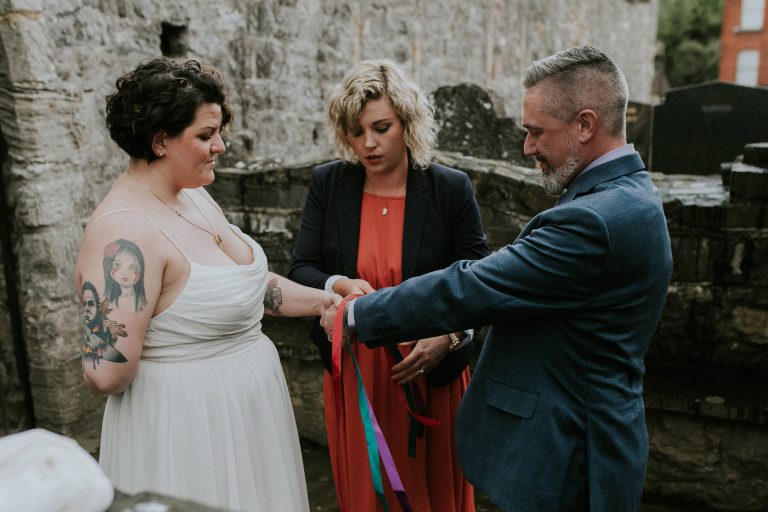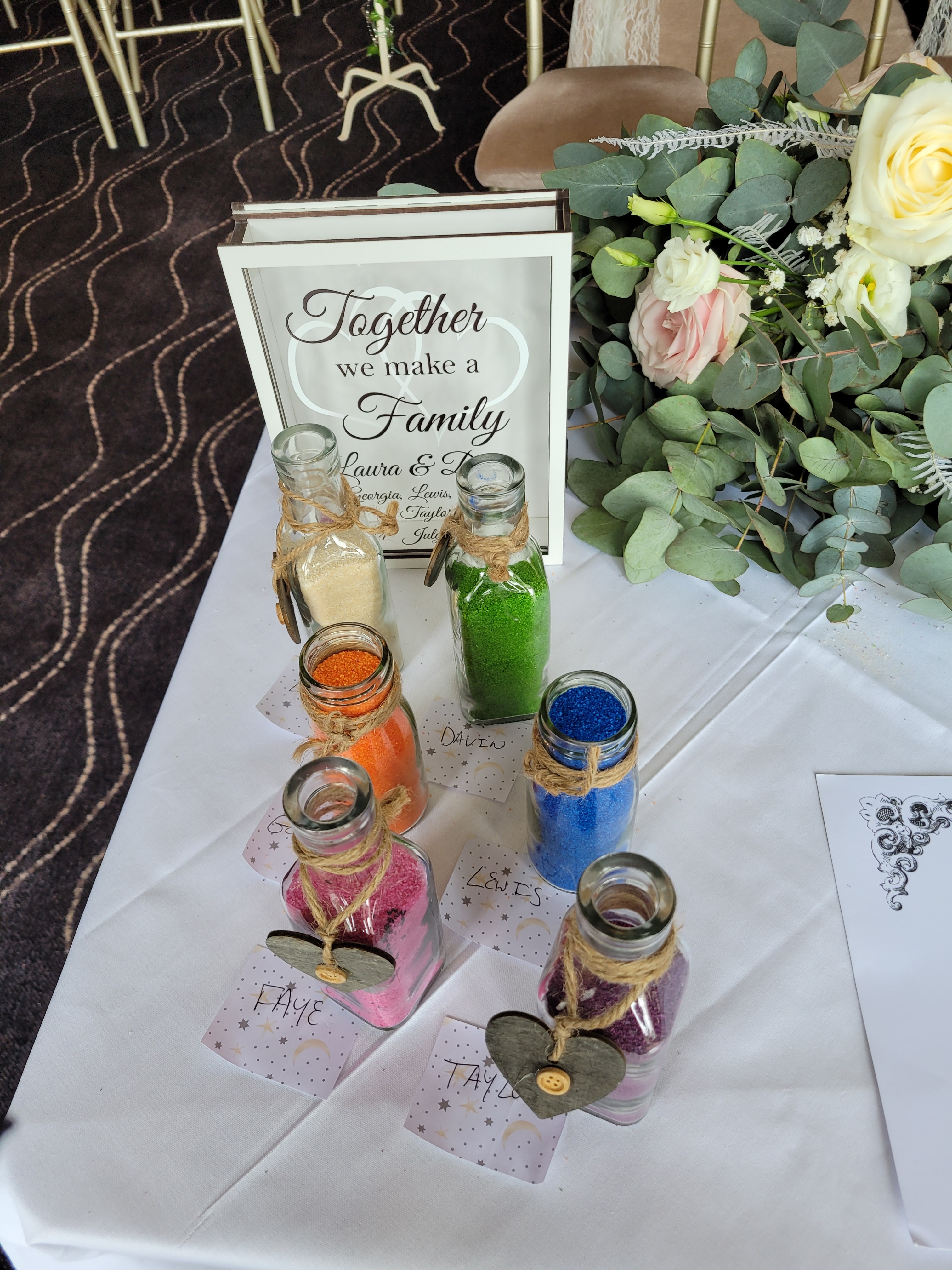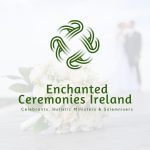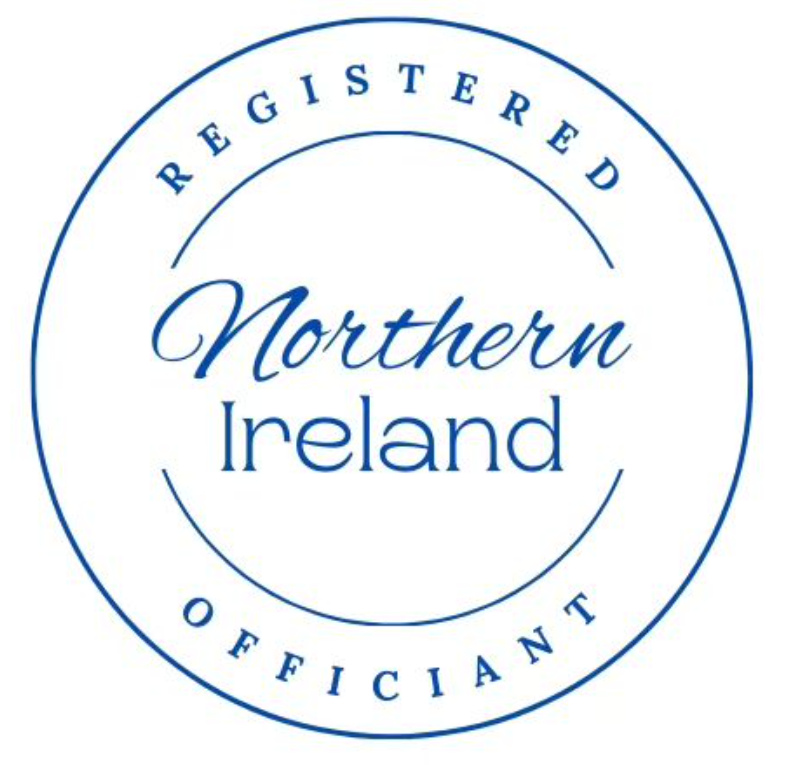

Celtic HandFasting is my own personal favourite enhancement to a wedding ceremony! There is a huge growing trend in incorporating old Irish traditions into wedding ceremonies and couples are choosing to ‘tie the knot’ more and more in Ireland. Handfasting dates back to Celtic times and in Brehon law a marriage was made legal by the binding of hands.
The term ‘Tying the knot’ comes directly from this formality.
Brehon Law for those who are unversed were the laws set forth by the Brehons, the direct successors to the Druids in Ireland. The system was incredibly progressive and recognised equal rights between genders.
It usually happens after the ring exchange and the photographer can get some nice shots of the hands wrapped in bright coloured ribbons with the wedding rings on. The ties represent the bind of the vows made and the knot represents the union of the two coming together as one.
The ceremony can be amended to suit individual tastes. You can use one cord (in a material of your choosing)and have the hands wrapped by me or you can choose a variety of colours and have a selection of your guests lay them over the hands. Each colour represents a gift or blessing bestowed upon the marriage. This can be a lovely way to include family and friends in the ceremony.


A unity candle ritual/ceremony is a lovely addition to any marriage ceremony as it symbolises the light which is given to each of you by your respective family members to light your path together.
A unity candle set consists of two slender candles and a large centre candle. Usually the candles white in colour. The Unity Candle Ceremony is a popular choice for both religious and non-religious ceremonies because it is non-denominational and has no religious significance.
The two outer candles represent the couple’s individual lives before joining in marriage. They represent all that you are and all that you have ever been, they also represent your individual families. Each of the couple take a single candle and light the centre candle, signifying the coming together as one.
Family members and close friends can be incorporated in the ceremony. A piece of music or a reciting of a poem / verse can complement the ceremony – I can supply ideas from my extensive library of resources.

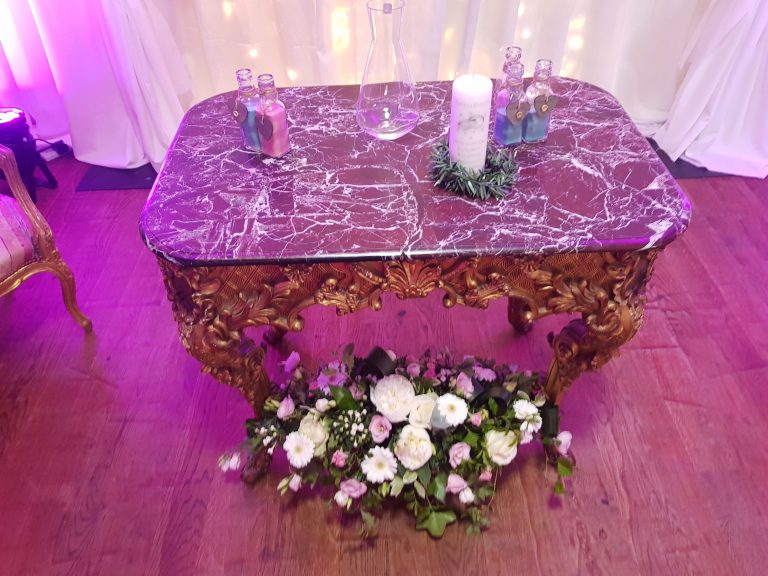
A Sand ritual or Blending of the Sand is a unique way to symbolize two lives becoming one.
Usually In religious or spiritual ceremonies, there is a joining of two or more coloured sands. The couple’s individual lives are represented by separate coloured sands in separate containers which are poured in layers into a larger centre container.
As the sands intermix the grains become indistinguishable and can never again be separated. The parts of each person’s life, their talents, character traits, sets of friends and all that they bring form part of the rich tapestry of the whole union.
Some couples choose colours to represent their family crests, their sports team, their nationalities or just their favourite colours. The large container is sealed at the end and is kept as a treasured memento of the marriage ceremony.
This is also a wonderful way to include children. They can be given their own container with their own unique colour to represent their part in the family as a whole. Having said that, if they are very young it is unlikely the sand will end up anywhere other than the floor but this has its charm too.
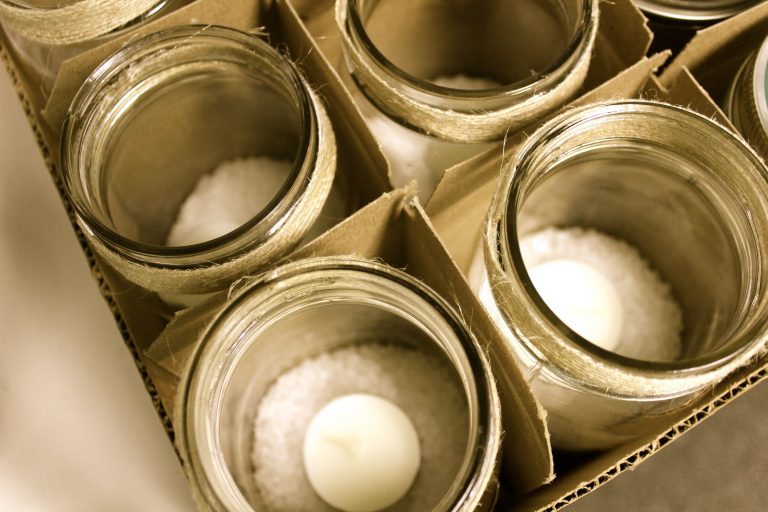
In ancient times, agreements and promises were sealed by a salt covenant. Each person would take a pinch of salt from their pouch and place it in the pouch of the other. This agreement could not be broken unless an individual could retrieve their own grains of salt.
During the ceremony the bride and groom each carry a container of pure salt to a larger container. Both pour their salt into the container, symbolizing their two lives being intertwined and inseparable, just as the salt is mixed together so that no one can separate the bride’s grains of salt from those of the groom.
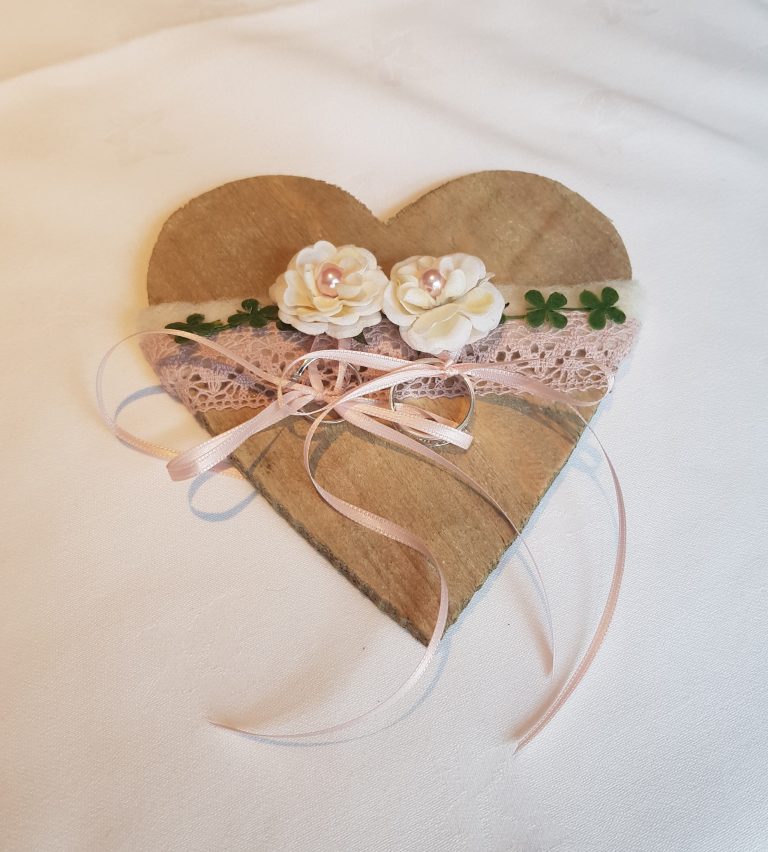
Another old Irish tradition is ring warming. This is a fantastic way to include your guests. The rings are passed amongst your guests and each person gets to hold the rings. While each guests holds the rings, they either give a silent blessing or wish for the bride and the groom. Generally the rings are secured to a pillow or bowl by a string. As an alternative, you can set up a table at the entrance of your ceremony venue giving your guests an opportunity to ‘warm’ the rings as they walk in. This works well especially for larger weddings of over 100 guests. By the time the rings return they will be saturated with the love of your family and friends.
Step 1.
Before your wedding ceremony the wedding rings are generally secured to a piece of ribbon, placed in a box or fastened to a cushion.
Step 2.
Your Celebrant will inform your guests that the rings are going to be passed around to each member of the party in what is known as a “ring warming ceremony” and explain the next steps to everybody. I usually recommend this is done before the ceremony begins.
Step 3.
Each guest will be asked to hold your rings for a few minutes and make a silent wish for you both, your marriage and your future to follow this special day. If having as part of the ceremony, music can be played while the rings are being passed around to create ambience.
Step 4.
After the rings have been passed to each guest, they will be returned to the couple or via the best man all ready for the ring exchange vows
The whole idea of a “Ring Warming Ceremony” is that your wedding rings have been “warmed” or infused by the well wishes, positive vibes and loving energies of each guest. This is an extremely personal way to get your guests involved in not only your wedding reception but in the ceremony itself.
For a larger wedding of 100 guests + passing your rings around may take up a lot of time! So instead of the steps outlined above, you can also tie your wedding rings to a piece of ribbon and leave them hanging from a table or chair in your reception area before the wedding ceremony. Place a sign on the table instructing guests to hold the rings in their hands for a moment and make a wish for you both. Kindly ask your best man to guard the rings and retrieve them before them before the start the ceremony.
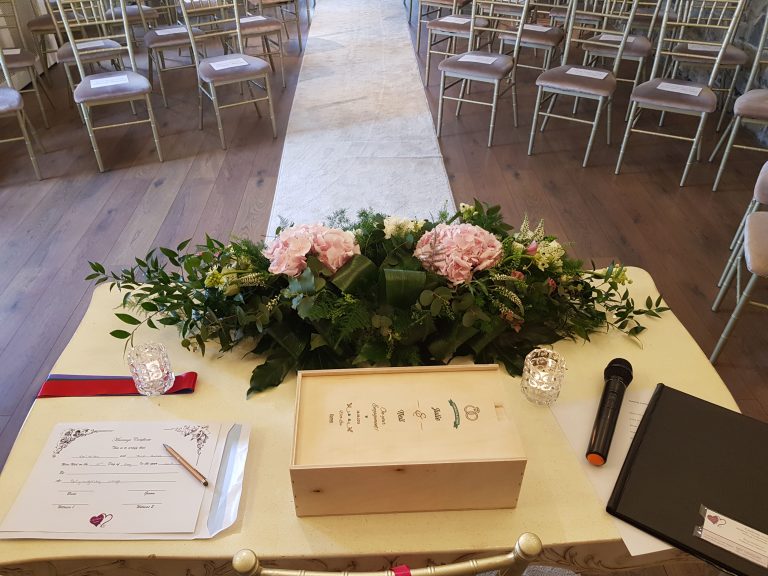
This box contains a bottle of wine, and a love letter from each to the other. The letters describe the positive qualities you find in one another, the reasons you fell in love, and your reasons for choosing to marry. The letters are sealed in individual envelopes and you do not see what the other has written. You will have created your very own “romantic” time capsule to be opened on your 5th wedding anniversary or on a date of your choosing.
Otherwise, you are to open this box to share and enjoy a drink together on your 5th year wedding anniversary!
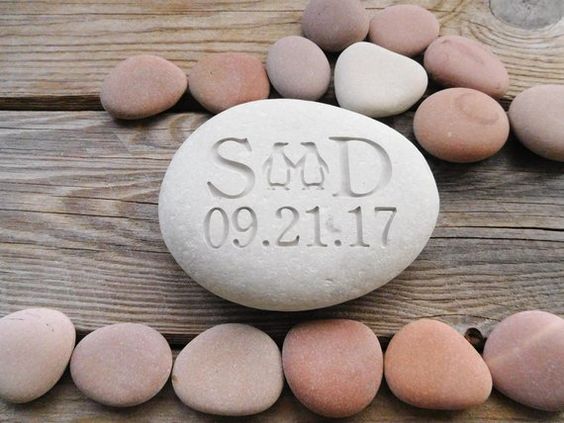
The Oathing Stone or Wishing Stone ritual is an ancient Scottish / Celtic tradition in which the couple place their hands on a carved stone with each person’s name on it or a stone of their choosing. Throughout the wedding/commitment ceremony the stones are swapped between both parties while vows are exchanged. This ritual is thought to be symbolic of a couple’s promises to each other in physical form.
Another variation of this ceremony is where the guests are involved in the process. The stones are given to the guests on their way in to the ceremony area and they are invited to ‘warm’ them in their hands throughout the ceremony. The stones can be left in a basket or any receptacle at the entrance to the ceremony or placed on each individual chair. Guests silently make their wishes for the couple, charging the stones with their blessings or positive energy. The stones are then gathered up at the end of the ceremony and given to the couple as a keepsake of the wedding day.
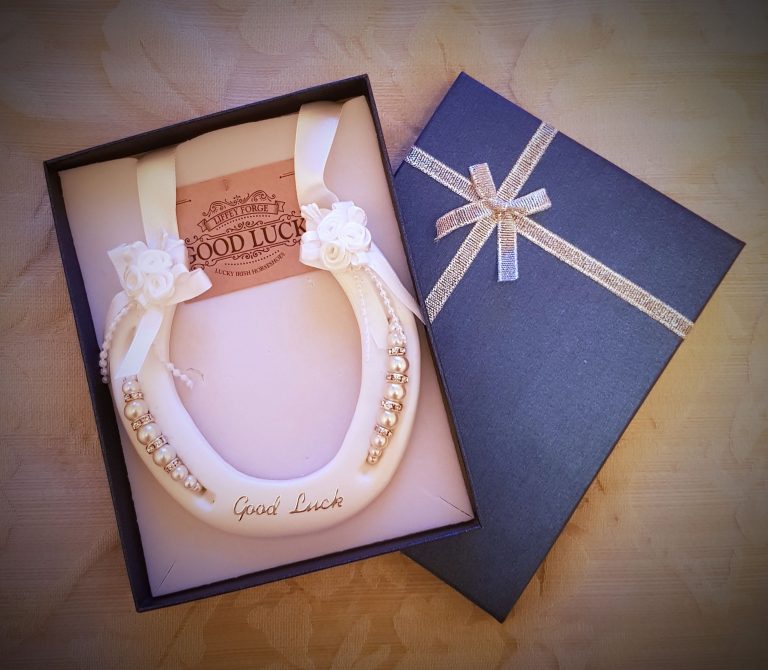
I happen to love the lucky horseshoe, its prevalence in Irish culture is still quite strong – particularly as a wedding gift. I have popped a brief meaning of the horseshoe below:
When a horseshoe is hung in the home it is said that you must hang it with the two ends facing upwards as it is believed all the good luck and energy will be stored inside.
While some believe when it is hung with the ends pointed downwards all the good fortune will spill out, others believe it will release the good luck on those who walk beneath.
A worn horseshoe is thought to be luckier, as it may possess a powerful energy imprint from the horses that wore them. Brides of old would sew a horseshoe in to their dress
(How heavy was that?!)
Horseshoes were also considered lucky because they were made by Blacksmiths who were held in high esteem because of their trade. Blacksmiths worked with the element fire and iron (earth) which people believed to possess special powers.
I got the horseshoe pictured here as a present from my friends at Liffey Forge in Dublin, Ireland. Check them out at  liffeyforge.com!
liffeyforge.com!

Award Winning Celebrant
and Solemniser
Phone:
 +353877693190
+353877693190
Email:
 info@celebratelove.ie
info@celebratelove.ie
Based in Blackrock, Co. Louth
Serving Ireland, including:
Northern Ireland, Louth, Meath,
Kildare, Dublin, Cavan,
Monaghan, Armagh, Derry,
Down Leinster and
more surrounding areas
